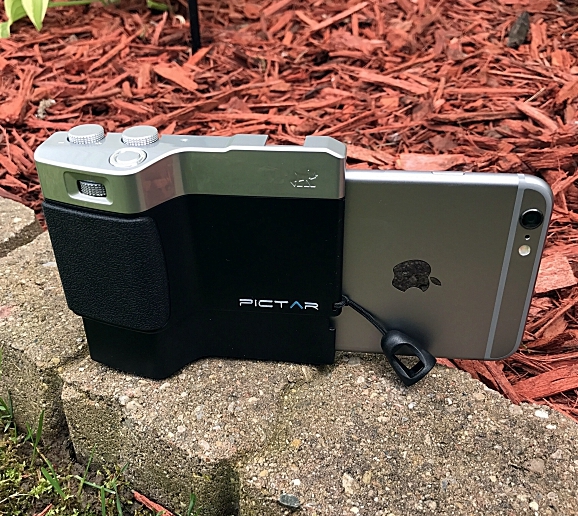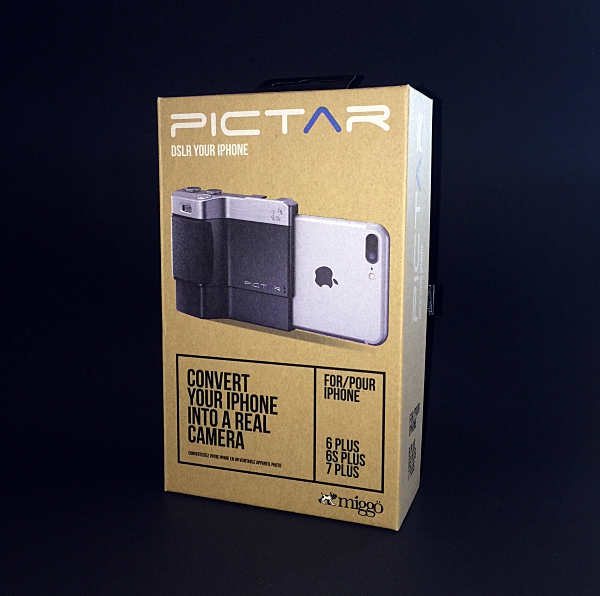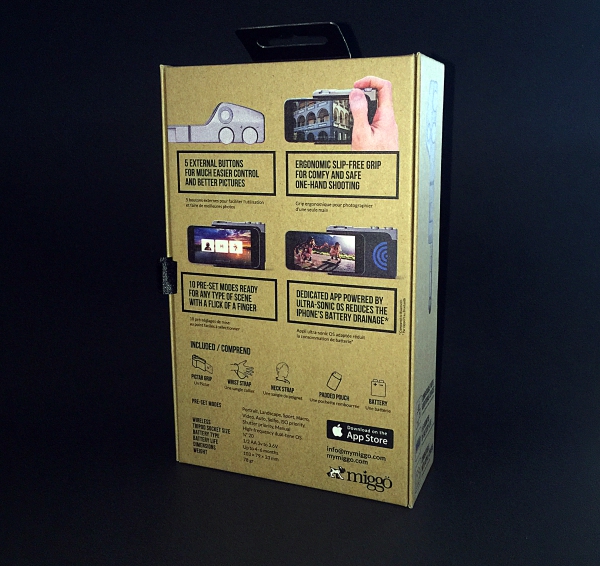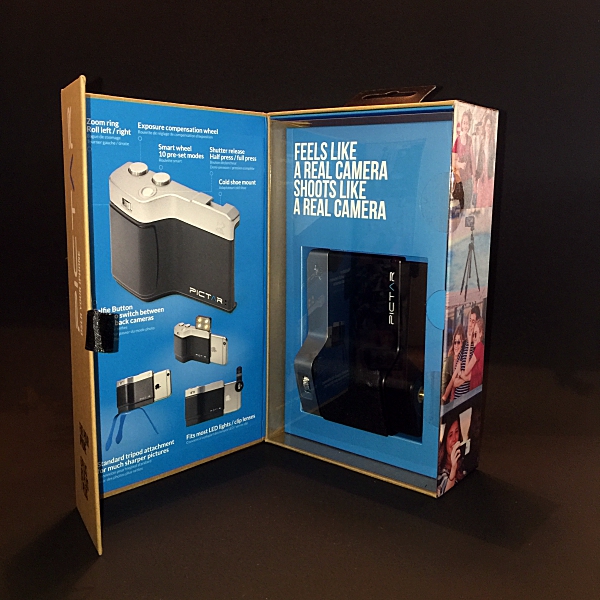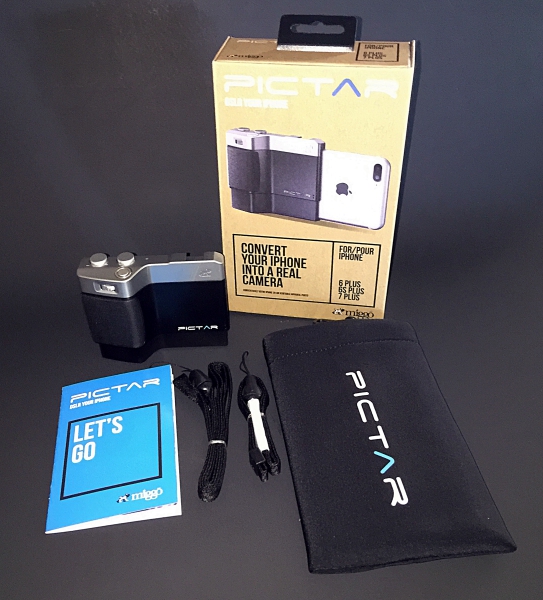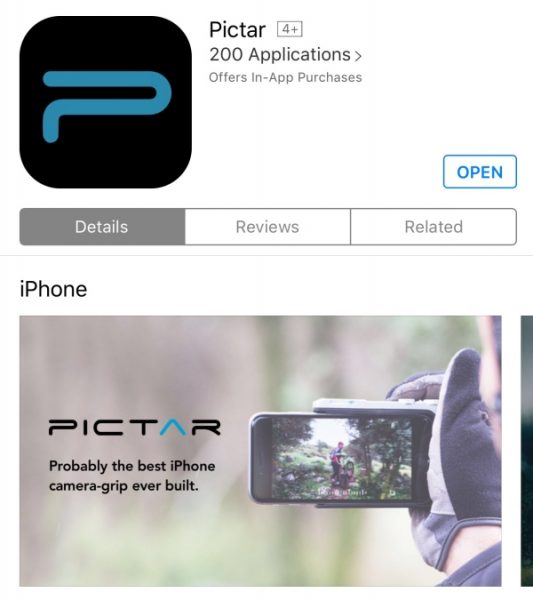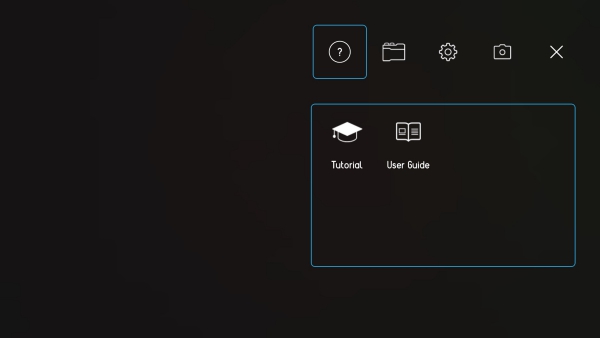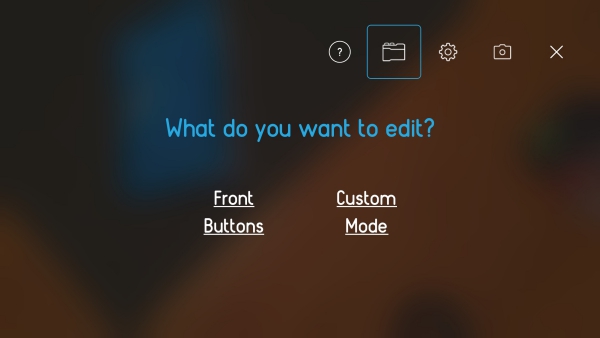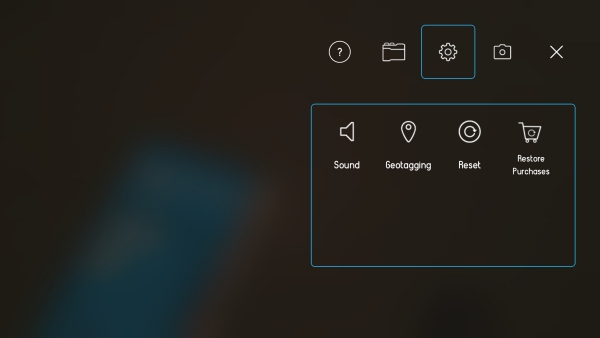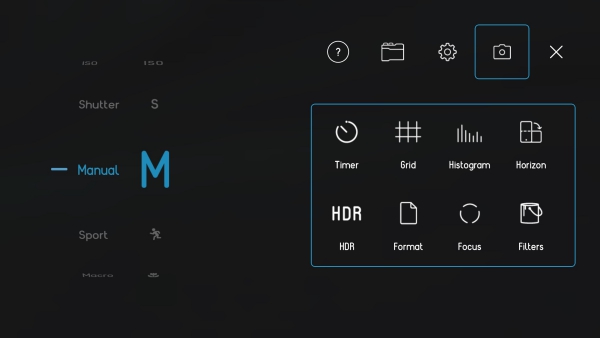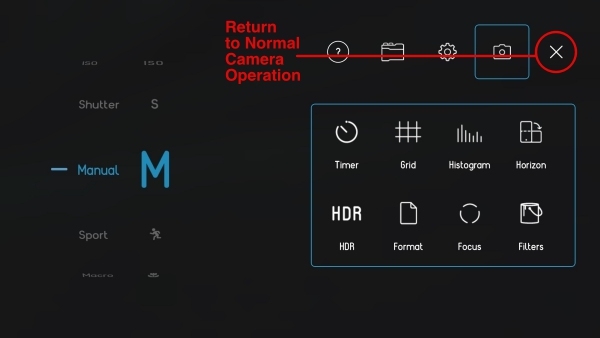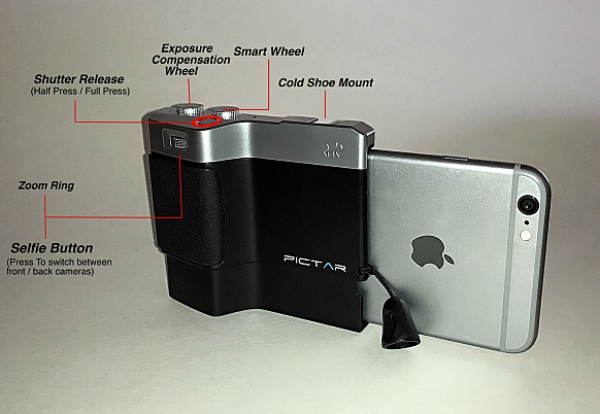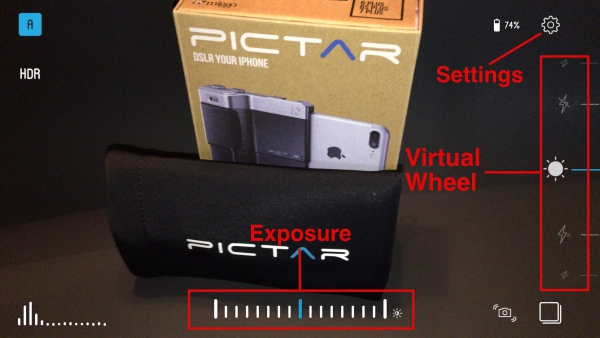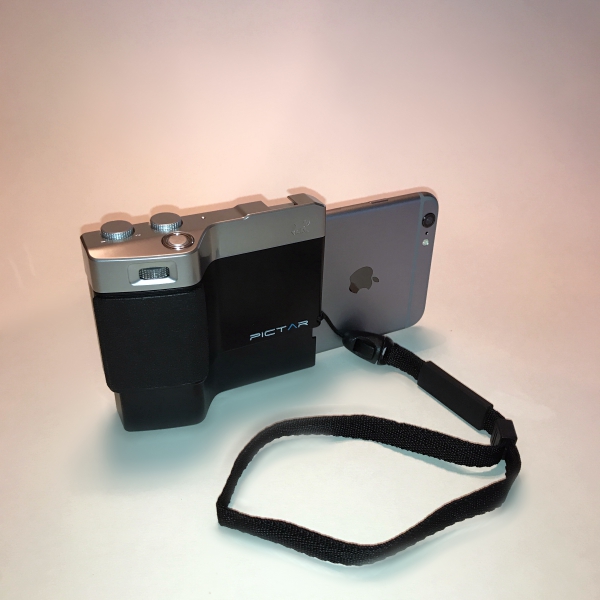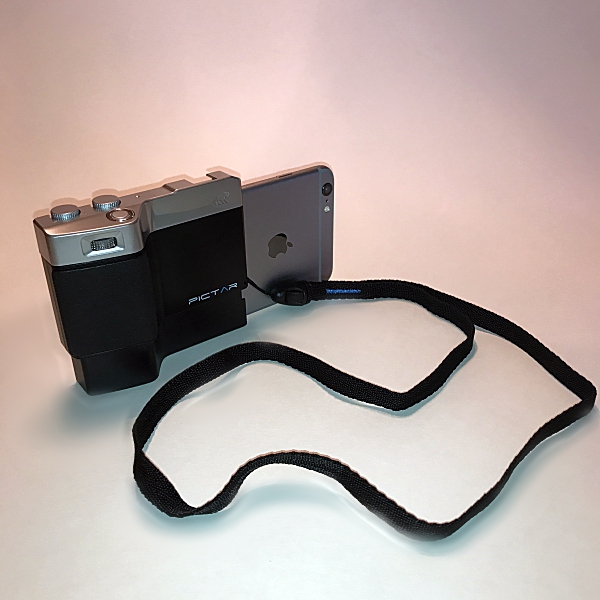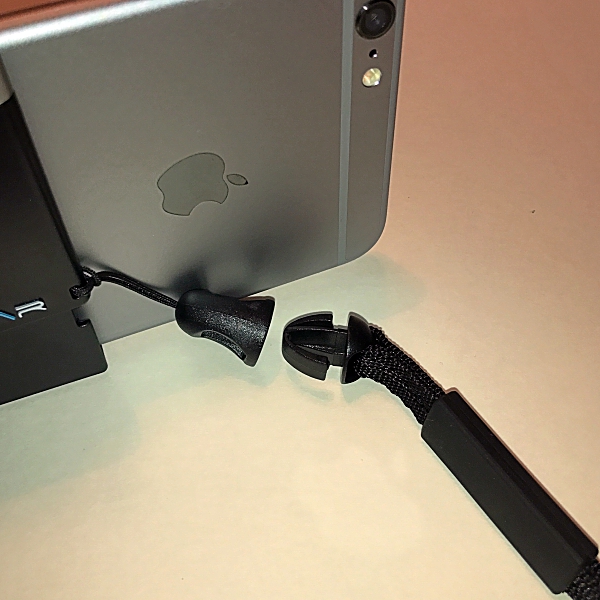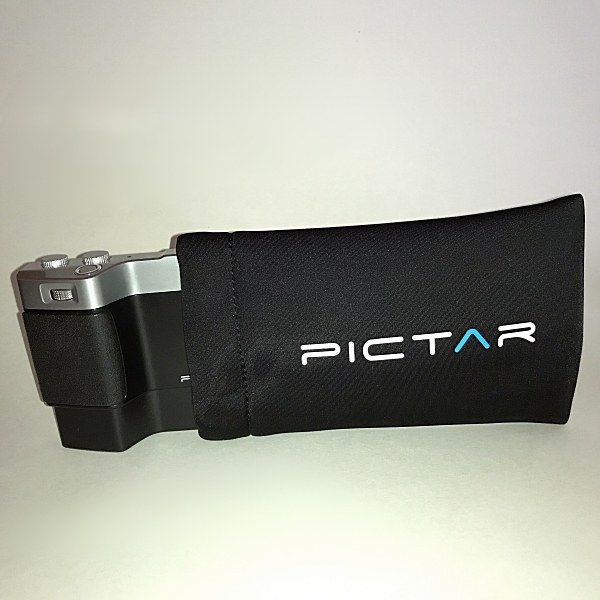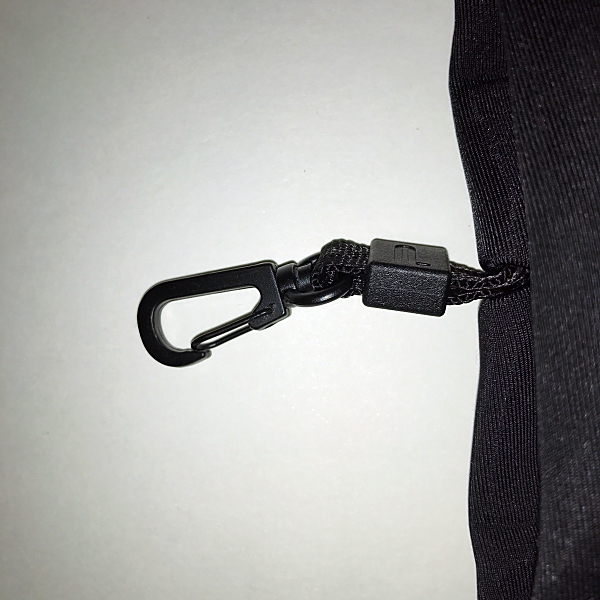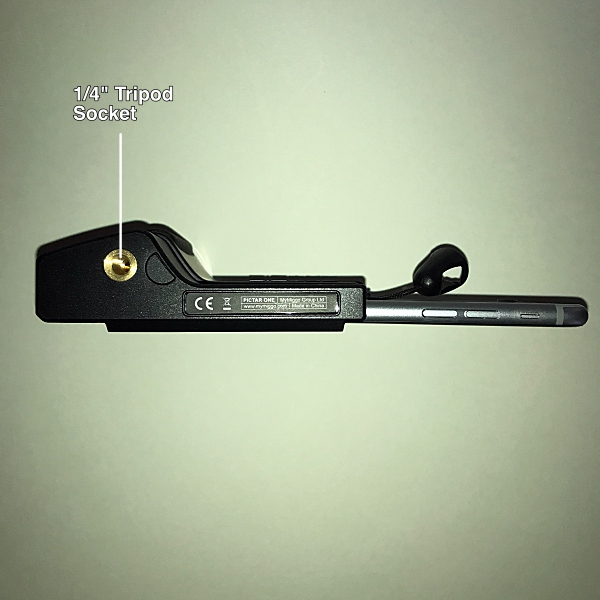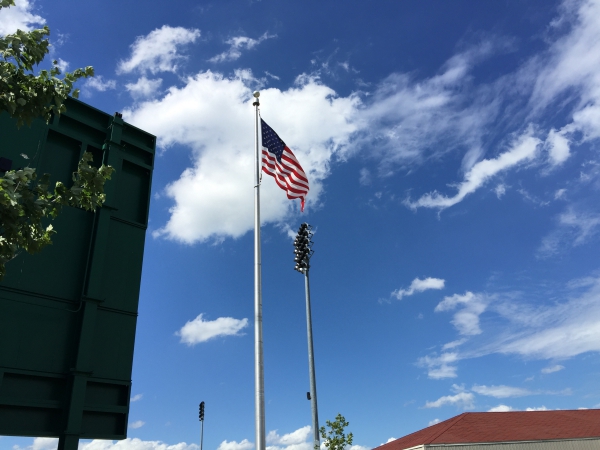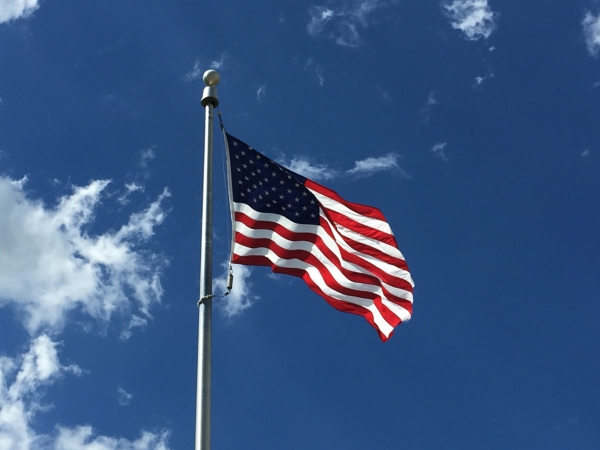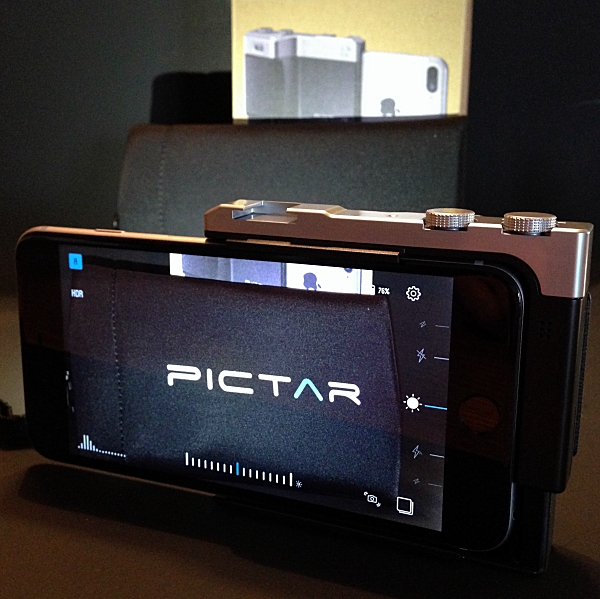
The photographic capabilities of smartphones have, actually, become a massive selling point and how well the camera performs is a question most people ask before purchasing a new smartphone.
You probably already have a smartphone but in case you're soon due for an upgrade or just fancy a change, here's what you should look for if taking photos is at the top of your 'to-do' list.
Features To Look For On Good Camera Phones
Bright Aperture
High-end smartphones from giants such as Samsung and Apple feature wider lens apertures than less expensive smartphones and as a result, image quality is much better. The Samsung Galaxy S8, for example, has a bright f/1.7 aperture so it's capable of taking a photo that shows a blurred background, particularly when the subject is close to the lens. It actually houses one of the best cameras currently available in a smartphone (at the time of writing) and that's why it's currently sat at the top of our '10 Best Camera Phones For Photography' list.
Decent Amount Of Megapixels
All of the smartphones in our top list feature between 12-21 megapixels which is good but you should also pay attention to the um pixel figure as this can also mean image quality is improved. Take the Samsung Galaxy S8, it has a 12-megapixel dual pixel sensor which is nearly half the size of the smartphone that's in second place but as the camera has 1.4um pixels, which are quite large for a smartphone, it allows the sensor to gather more light and as a result, you'll be able to capture better photos.
Large Screen
You don't have a viewfinder so you're going to be holding your smartphone in 2 hands and using the screen as your viewfinder and shutter release. As a result, the bigger the screen, the more you will see. Also, If you see that a smartphone's screen is constructed from Gorilla Glass, this is a good thing as it's more resistant to scratches. The higher the resolution of the screen, the clearer the picture will be so you might want to check the phone's spec for this and if it has a retina design, even better as images will appear crisp and sharp.

Optical Image Stabilisation
Image Stabilisation is something that's built into smartphone cameras to minimise the effect shake has on your photos. Without it, any movement you make can be picked up by the camera and spoil your shot.
RAW
RAW is the name given to a particular file type and the main advantage of shooting in RAW is that you get to treat each shot as you want it to look and not as the camera decides it should look. RAW files also give you more control over how your end image will look. You can easily adjust the exposure and tweak the white balance once back in front of your computer, something which is harder to do with JPEG files. A downside to RAW files is that the file sizes are much larger so they'll take up more room on your smartphone. For more detailed information on what RAW files are, take a look at this: The Basics Of Understanding RAW Files
Lenses & Zoom
The lenses now found in smartphones are really excellent and can sometimes offer a better aperture than that found on small digital cameras. Plus, as designers want to make them as compact as possible, there's not much room for an optical zoom so they tend to feature wide-angle prime lenses instead and we all know the benefits of using primes over zooms.
The downside to this is that they tend to feature optical zoom which doesn't really need to be paid close attention to as they tend to be a bit rubbish. You'll get a much better photo if you use your feet rather than using the pinch zoom feature on the smartphone. Clip-on lenses are also an option and a wide variety of manufacturers now create these, including well-known lens manufacturer ZEISS.
It's worth noting that some smartphones feature two lenses with different focal lengths, such as the iPhone 7 Plus, which means you effectively have a 2x optical zoom, compared with the single fixed lens of the standard iPhone 7 and other smartphones.

HDR
HDR, or High Dynamic Range, is something that's existed in photography for a long time and now, cameraphone manufacturers are featuring it in their devices. It's designed to help you capture photos that have a better dynamic range (shadows to highlights) and on phones such at the latest iPhone, it does improve picture quality. There are times when using this feature will be more beneficial than others such as when capturing landscapes, outdoor portraits in sunlight and in heavily backlit scenes. Try to avoid using this mode when you're in a place where people are moving through the shot, though, as your phone is actually capturing three images and combining them so any movement will show in the final photo.
ISO Control
There simply isn't enough light in places such as interiors on overcast days, in caves, at gigs in darkened rooms etc. for your smartphone to capture a good photograph so, in situations like this, the camera will bump up the ISO levels so it's more sensitive to light. This is great but by doing so, the chances of noise (read more about what noise is here) spoiling your shot also increases. Most smartphones have a noise reduction feature but this can be quite strong and turn parts of the image into mush which can ruin the photo just as much as noise does.
So what's the solution? Well, you can avoid all low light scenarios but this is just impractical or you could use a support and select a longer shutter speed from the more advanced camera settings but again, it's impractical (who wants to carry a tripod to use with their smartphone?) so you're better off looking in your smartphone's advanced camera settings to see if you can control the ISO levels.
On the Samsung Galaxy S8, for example, there's an ISO range that starts at 50 and reaches 1600 (when used with third-party apps) but detail starts to suffer when ISO800 or above are used.
Another point to take into consideration is that with a bright lens and built-in optical image stabilisation, you might not need to use higher ISO speeds anyway.

Camera Control Options
For most, the features the camera has will be really important and every time a new phone is released, it seems to have even more options built in.
As well as the automatic 'point and click' option, most mid- to high-end smartphones offer a pro / manual mode of some sorts. What you can control tends to differ from phone-to-phone but generally speaking, you'll be able to edit the ISO, shoot in RAW, adjust the white balance of the shot and use exposure compensation. The high-end, newer iPhone and Samsung also have a portrait / selective focus mode that will blur the background of your image, giving the impression of bokeh you capture on digital cameras when using wider apertures.
Various filters will be available in both modes and you'll also find options for capturing panoramas, slo-mo, timelapse, square cropped images and video.
Video
4K video is something appearing on newer smartphones and, of course, it means video you capture is of better quality. Check to see if stabilisation is used when capturing video footage as this will improve the quality quite considerably and the option to use continuous AF while recording will mean you can capture better videos, too.
Less expensive smartphones tend to max video quality out at 1080p or even 720p. It's also worth remembering that 4K video will take up lots of room so if you don't have a phone with a large storage capacity, or one where you can use memory cards in, you may want to stick to shooting HD video.

Focus & Shutter Response
Knowing how quickly the phone's camera can focus and the shutter response is useful but you'll probably have to read reviews to find this out. Knowing how many frames per second (fps) the camera can capture images at is also useful to know as a quick fps can increase your chances of capturing a good photo in situations where your subject is moving. The iPhone 7 Plus, for example, captures stills at 12fps and focusing is very quick in good light, as is the shutter response.
When it comes to autofocus, on most cameraphones you press the screen where you want the camera to focus and this is pretty much across all models but some do offer modes such as smile detection and face priority AF for those who are more social shooters.
Flash
The majority of smartphones have a built-in LED flash but as they tend to be a bit harsh when used up close and don't reach very far when photographing subjects that are further away, it's not something that needs to be paid much attention to. In fact, most of the time you'll want to turn the flash off as the camera tends to be set to 'auto flash' which can fire when you don't want it to.

Useful But Not Essential Features
Battery Life
You might think this should be in the list above but as the battery life on all smartphones tend to be a bit rubbish, it's gone on the 'useful but not essential' list. Of course, a really good battery life is useful but when using the camera, texting, looking at maps, browsing social media etc., getting a day's use out of the battery is positive. Although, you may want to consider a portable battery charger if you want to ensure the phone lasts all day and you won't have access to a wall charger.

Water Resistant
Having a phone that's resistant to you accidentally dropping it in the washing-up bowl is a bonus but from a photography perspective, it means you can take photos in the rain or even underwater (to certain depths and for specific lengths of time). As of yet, smartphones can't go as deep as tough cameras and they do have a limit on how long they can withstand water (if used without waterproof housing) but it probably won't be long until you can capture images of coral reefs with them.
How Many Photography Apps Are There?
For both iOS and Android devices, there are literally thousands of apps, although the Play store probably has a few more than the Apple App Store just because it's easier to create and make apps available on the Android platform.
You can do everything from editing photos to turning someone into a funny gif complete with weird cartoon eyes with apps but Snapseed and the photo editing apps from Adobe, such as Adobe Photoshop Fix, are particularly good and there are some decent ones for turning images into collages, too. Popular social media channels such as Facebook and Instagram also have photo filters built in which you can use to ensure your photo gets plenty of 'likes'.

Expandable Memory
The internal memory of smartphones can actually be huge so having the ability to expand a device's memory with a memory card isn't something you might need to worry about but having the option to use one might be something you like the sound of. Most Android phones have a MicroSD slot but iPhones don't have them.
You might also want to see if any free cloud backup storage is offered as it can come in very handy if you lose your smartphone or it breaks. It also means you can store photos in it, rather than on your device, freeing up space to capture even more images. The three big players: Apple, Google and Microsoft all offer various levels of free and paid for cloud storage.
Shutter Release Button
This is a rare feature but they can be found on some smartphones such as the Sony Xperia and the Kodak Ektra. As a photographer, you might prefer to have a physical button rather than the virtual on-screen buttons found on most devices. The volume buttons tend to work as a shutter button, as well, but it's still not quite the same as a shutter button.
How Many Accessories Are Available?
iPhones are the most supported when it comes to camera cases, lenses, flashes etc. that are available but we can't really say there's a shortage of Android accessories, though. It's worth noting that there are some really cheap accessories out there that aren't very good so do read the description and reviews of products before parting with your money. On the other hand, there's also, what some would consider being, expensive accessories as well so at least the mobile phone accessory market is balanced!
More On Smartphones
To help you make a more informed decision on your smartphone purchase, take a look at our review section and we also have a couple of buyer's guides in our 'Best Gear' section that you may want to take a look at.
Source:
18 Things To Look Out For In A Smartphone Camera



 There are some speculation online that RED could announce a new modular camera system with cellphone functionality on July 6th. This is what RED's CEO James Jannard said:
There are some speculation online that RED could announce a new modular camera system with cellphone functionality on July 6th. This is what RED's CEO James Jannard said: Another patent application describes a modular digital camera system with cellphone functionality:
Another patent application describes a modular digital camera system with cellphone functionality:

 Via Newsshooter
Via Newsshooter